Home>Gardening & Outdoor>Landscaping Ideas>What Kind Of Grass Makes Hay
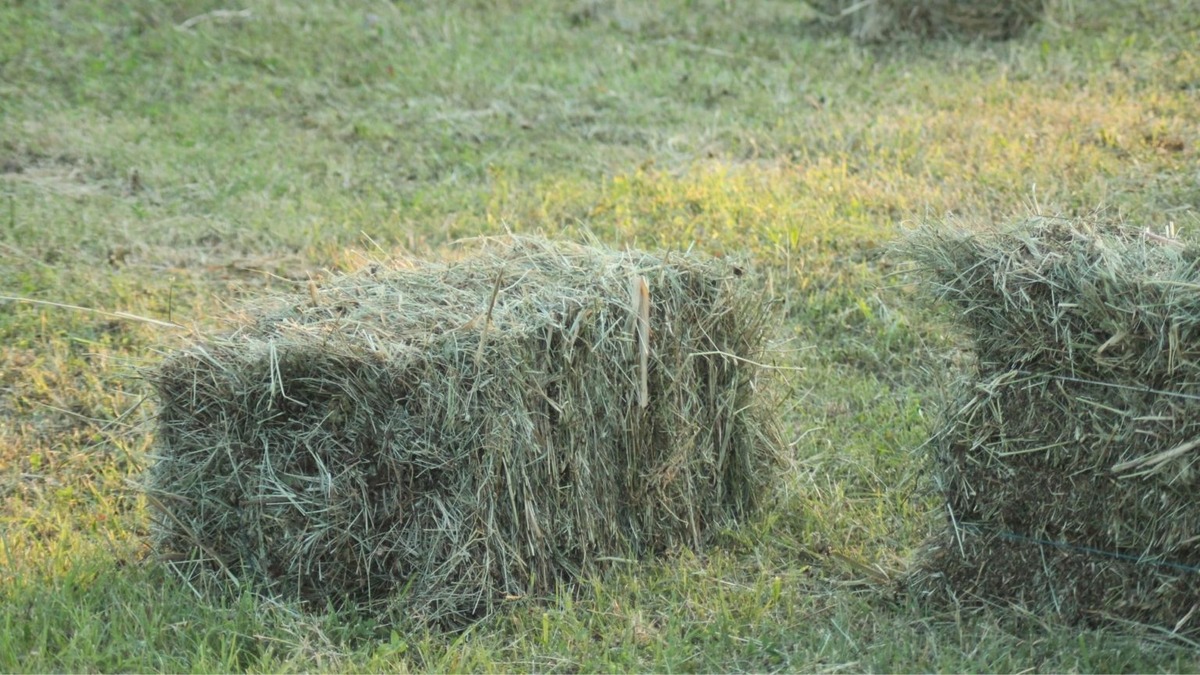

Landscaping Ideas
What Kind Of Grass Makes Hay
Published: January 28, 2024
Discover the best landscaping ideas for making hay with different types of grass. Learn how to create beautiful and functional landscapes with the right grass for your needs.
(Many of the links in this article redirect to a specific reviewed product. Your purchase of these products through affiliate links helps to generate commission for Storables.com, at no extra cost. Learn more)
Introduction
When it comes to creating high-quality hay, the type of grass used plays a pivotal role in determining the overall nutritional value and palatability of the end product. Selecting the right grass for haymaking involves a careful consideration of various factors, including climate, soil conditions, and the intended use of the hay. Different types of grasses offer distinct advantages and challenges, making it essential for farmers and agricultural enthusiasts to have a comprehensive understanding of the options available.
The process of making hay is deeply rooted in agricultural traditions, dating back centuries. It involves harvesting grasses, drying them to an optimal moisture content, and then baling the dried material for storage and later use as animal feed. The quality of the hay directly impacts the health and productivity of the animals that consume it, making the selection of the grass type a critical decision for farmers and livestock owners.
In this comprehensive guide, we will explore the various types of grasses commonly used for making hay, the factors to consider when choosing the right grass, and the best practices for haymaking. By delving into the nuances of different grass varieties and the techniques for producing high-quality hay, readers will gain valuable insights into optimizing their haymaking processes and enhancing the nutritional value of the feed for their livestock. Let's embark on this journey to uncover the secrets of creating top-notch hay from different types of grasses.
Key Takeaways:
- Choose the right grass for hay based on climate, animal needs, and harvesting techniques to ensure high-quality, nutritious feed for livestock.
- Different grass types like Timothy, Bermuda, and Alfalfa offer unique benefits and challenges, so understanding their characteristics is crucial for successful haymaking.
Read more: What Grass Is Hay
Types of Grass for Making Hay
Timothy Grass
- Description: Timothy grass, known for its high nutritional value, is a popular choice for haymaking. It thrives in cool, moist climates and is recognized for its fine stems and leaves.
- Benefits: This grass variety is rich in fiber and low in protein, making it an excellent option for horses and other livestock that require a high-fiber diet.
- Considerations: Timothy grass requires careful management during harvesting to preserve its delicate leaves and ensure optimal nutrient retention.
Bermuda Grass
- Description: Bermuda grass is a warm-season grass that flourishes in hot, arid regions. It is characterized by its rapid growth and resilience in challenging environmental conditions.
- Benefits: This grass variety yields high quantities of hay and is well-suited for areas with limited water resources. It is also known for its tolerance to grazing and trampling.
- Considerations: While Bermuda grass offers exceptional productivity, its coarse texture may affect palatability for certain livestock species.
Orchard Grass
- Description: Orchard grass is a cool-season grass that exhibits rapid regrowth after cutting, making it an attractive option for multiple hay harvests within a season.
- Benefits: This grass variety boasts a high leaf-to-stem ratio, contributing to its superior nutritional content and digestibility for livestock.
- Considerations: Orchard grass requires timely harvesting to maintain its quality, as delayed cutting can lead to a decline in palatability and nutrient levels.
Read more: What Is Grass Hay For Rabbits
Alfalfa
- Description: While technically not a grass, alfalfa is a legume that is commonly included in haymaking due to its exceptional nutritional profile. It is rich in protein, vitamins, and minerals.
- Benefits: Alfalfa hay is highly palatable and serves as an excellent source of protein for livestock, particularly for dairy cows and growing animals.
- Considerations: Proper curing and storage are crucial for alfalfa hay, as it is prone to mold and spoilage if not dried and baled correctly.
Fescue Grass
- Description: Fescue grass is a cool-season perennial that exhibits robust growth and adaptability to various soil types, making it a versatile choice for hay production.
- Benefits: This grass variety is known for its hardiness and persistence, thriving in both pasture and hayfield settings.
- Considerations: Fescue grass may contain endophytes that can impact animal health, necessitating careful management and monitoring.
By understanding the unique characteristics and considerations associated with each type of grass for haymaking, farmers and agricultural practitioners can make informed decisions to optimize the quality and nutritional value of their hay.
Factors to Consider When Choosing Grass for Hay
When selecting the most suitable grass for haymaking, several crucial factors come into play, each influencing the overall quality, nutritional content, and practicality of the hay. Understanding these factors is essential for making informed decisions that align with the specific needs of livestock and the prevailing environmental conditions.
-
Climate and Soil Conditions: The local climate and soil type significantly impact the growth and performance of grasses. Warm-season grasses such as Bermuda grass thrive in hot, arid regions, while cool-season grasses like Timothy and Orchard grass are better suited for cooler climates. Assessing the temperature, precipitation patterns, and soil composition of the area where hay will be produced is vital for selecting a grass variety that can flourish under these conditions.
-
Nutritional Requirements of Livestock: Different livestock species have varying nutritional needs, and the chosen grass for hay should align with these requirements. For example, horses benefit from high-fiber, low-protein forage, making Timothy grass an excellent choice, while alfalfa hay, with its rich protein content, is well-suited for dairy cows and growing animals. Understanding the dietary needs of the intended consumers of the hay is crucial for optimizing their health and productivity.
-
Palatability and Digestibility: The palatability and digestibility of the hay directly impact its consumption and nutritional utilization by livestock. Some grass varieties, such as Orchard grass, are known for their high leaf-to-stem ratio, contributing to enhanced palatability and digestibility. Considering the preferences of the animals and their ability to efficiently process the hay is essential for promoting optimal feed intake and nutrient absorption.
-
Harvesting and Storage Considerations: Each grass variety has specific requirements for harvesting and storage to maintain its quality. Factors such as the timing of cutting, drying methods, and baling techniques play a critical role in preserving the nutritional content and preventing mold or spoilage. Understanding the optimal practices for harvesting and storing the chosen grass is essential for maximizing the longevity and nutritional value of the hay.
-
Endophyte Presence: Some grass species, such as fescue grass, may contain endophytes that can impact animal health. It is important to consider the presence of endophytes and their potential effects on livestock when choosing grass for hay. Proper management and monitoring strategies may be necessary to mitigate any adverse effects associated with endophyte-infected grasses.
By carefully evaluating these factors and their implications, farmers and agricultural practitioners can make informed decisions when selecting the most suitable grass for haymaking. This thoughtful approach contributes to the production of high-quality hay that meets the nutritional needs of livestock while optimizing the utilization of available resources.
Best Practices for Making Hay from Different Types of Grass
Timothy Grass
-
Cutting and Drying: Harvest Timothy grass when it reaches the pre-bloom stage to ensure optimal nutrient content. Aim to cut in the morning to take advantage of lower moisture levels. Spread the grass in a thin layer for efficient drying, and monitor moisture levels to prevent over-drying, which can lead to leaf shatter.
-
Baling: When baling Timothy grass, ensure that the moisture content is between 10-20% to prevent mold formation. Use high-density bales to minimize leaf loss and preserve the nutritional quality of the hay.
Bermuda Grass
-
Timing of Harvest: Due to its rapid growth, Bermuda grass should be harvested at the early bloom stage to maintain quality. Consider the weather forecast to plan harvesting during a dry period, as excessive moisture can hinder drying and lead to mold formation.
-
Drying Techniques: Given its coarse texture, Bermuda grass requires thorough drying to prevent moisture retention. Fluffing the windrow during the drying process can facilitate uniform moisture reduction and enhance hay quality.
Orchard Grass
-
Multiple Harvests: Orchard grass exhibits rapid regrowth, allowing for multiple harvests within a season. Aim to cut the grass at the boot stage for the first harvest and subsequently at the early bloom stage for subsequent cuttings to maintain optimal nutritional value.
-
Drying and Storage: To preserve the high leaf-to-stem ratio of Orchard grass, prioritize quick drying to minimize nutrient loss. Properly ventilated storage areas are essential to prevent heat and moisture buildup, which can compromise hay quality.
Read more: What Is Grass Hay For Rabbits
Alfalfa
-
Curing Process: When curing alfalfa, pay close attention to the moisture content, aiming for 15-18% to prevent mold growth. Utilize tedding equipment to facilitate air circulation and expedite the drying process, ensuring the preservation of its rich nutritional profile.
-
Bale Density: Given its high protein content, compact baling is crucial to minimize leaf loss and maintain the integrity of the alfalfa hay. Opt for dense bales to safeguard its palatability and nutritional benefits.
Fescue Grass
-
Endophyte Management: If fescue grass contains endophytes, consider utilizing endophyte-friendly fungal strains to mitigate potential adverse effects on livestock. Regular monitoring and testing can aid in identifying endophyte presence and implementing appropriate management strategies.
-
Harvest Timing: Timing is critical for fescue grass to balance yield and quality. Harvest at the boot stage to optimize both yield and nutrient content, ensuring that the hay meets the nutritional needs of the intended livestock.
By adhering to these best practices tailored to each grass variety, haymakers can optimize the nutritional content, palatability, and longevity of the hay, ultimately enhancing the well-being and productivity of the animals consuming it.
Conclusion
In the realm of haymaking, the significance of selecting the right grass cannot be overstated. The diverse array of grass varieties, each with its unique characteristics and considerations, offers a rich tapestry of options for hay producers. From the high-fiber, low-protein content of Timothy grass to the protein-rich alfalfa, the choices are abundant, catering to the specific nutritional needs of various livestock species.
The art of haymaking extends beyond mere agricultural practices; it embodies a deep understanding of the symbiotic relationship between the land, the grasses, and the animals that rely on the resulting hay for sustenance. It is a harmonious orchestration of nature's offerings and human stewardship, where the careful selection of grass varieties aligns with the intricate needs of livestock and the nuances of the local environment.
By considering factors such as climate, soil conditions, nutritional requirements of livestock, palatability, and harvesting techniques, haymakers can navigate the complexities of grass selection with informed precision. This thoughtful approach not only enhances the nutritional quality of the hay but also contributes to sustainable agricultural practices that promote the well-being of both the land and the animals it supports.
As the sun-kissed fields yield an abundant harvest, the diligent application of best practices tailored to each grass variety ensures that the essence of the land is encapsulated in every bale of hay. From the gentle rustle of Orchard grass to the resilient growth of Bermuda grass, each variety tells a story of resilience, adaptability, and nourishment, woven into the fabric of agricultural traditions.
In conclusion, the journey of haymaking transcends the mere production of feed; it embodies a timeless connection between the earth and its inhabitants. The careful selection of grass for haymaking is a testament to the profound respect for nature's offerings and the commitment to nurturing thriving ecosystems. As the bales of hay find their place in the feeding troughs of livestock, they carry with them the essence of the land, enriching the lives of the animals and perpetuating the timeless cycle of sustenance and stewardship.
Frequently Asked Questions about What Kind Of Grass Makes Hay
Was this page helpful?
At Storables.com, we guarantee accurate and reliable information. Our content, validated by Expert Board Contributors, is crafted following stringent Editorial Policies. We're committed to providing you with well-researched, expert-backed insights for all your informational needs.
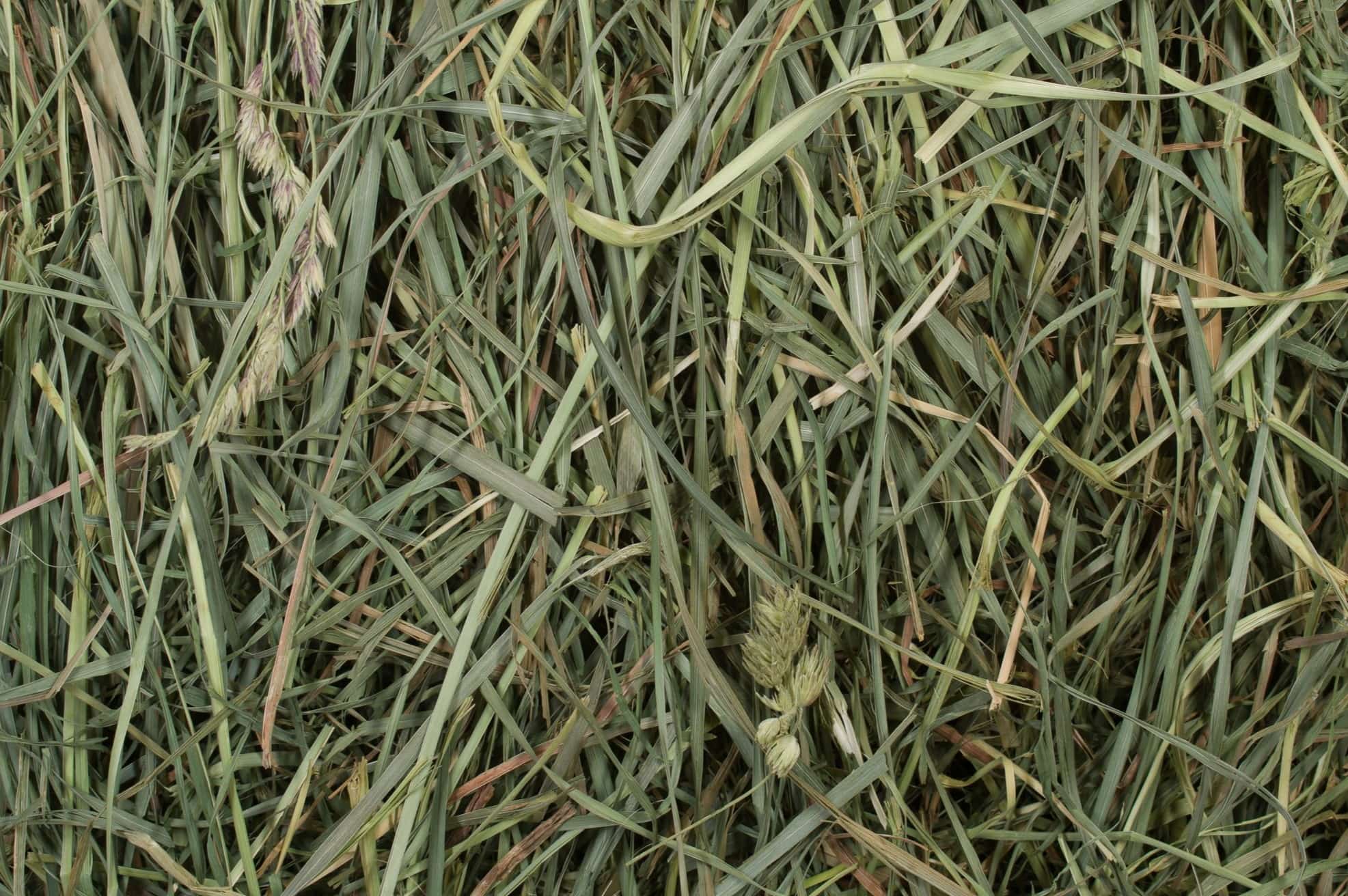
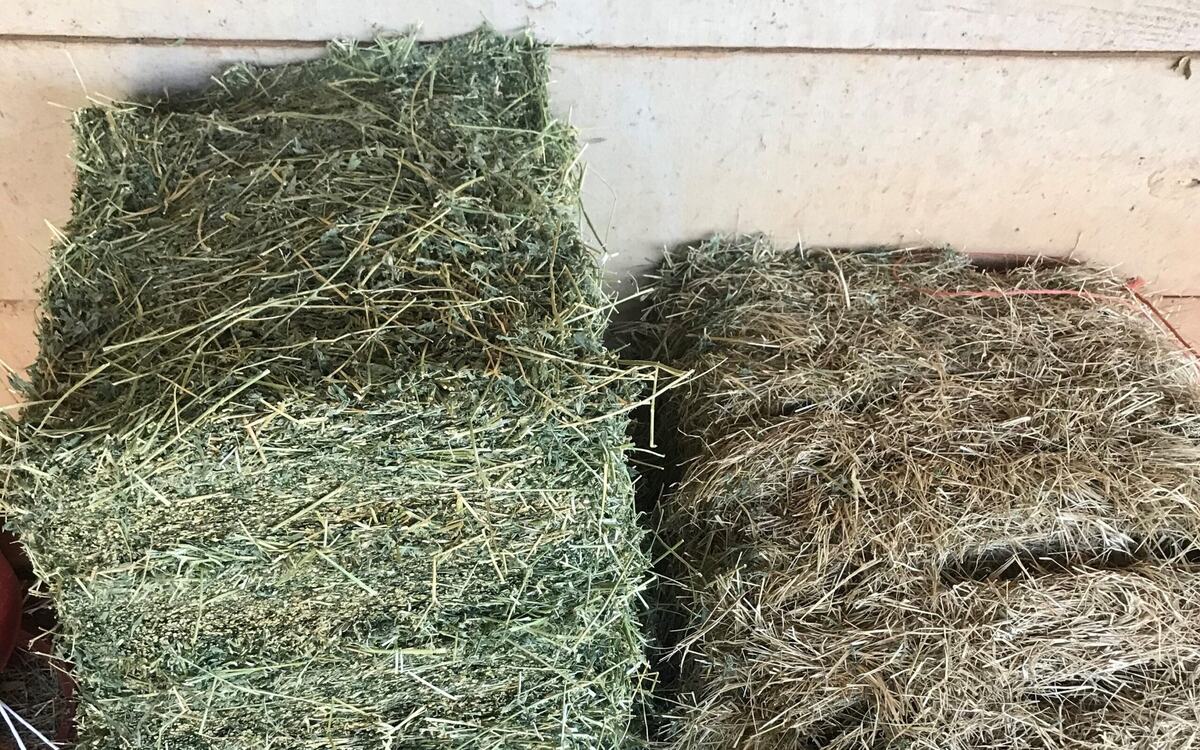
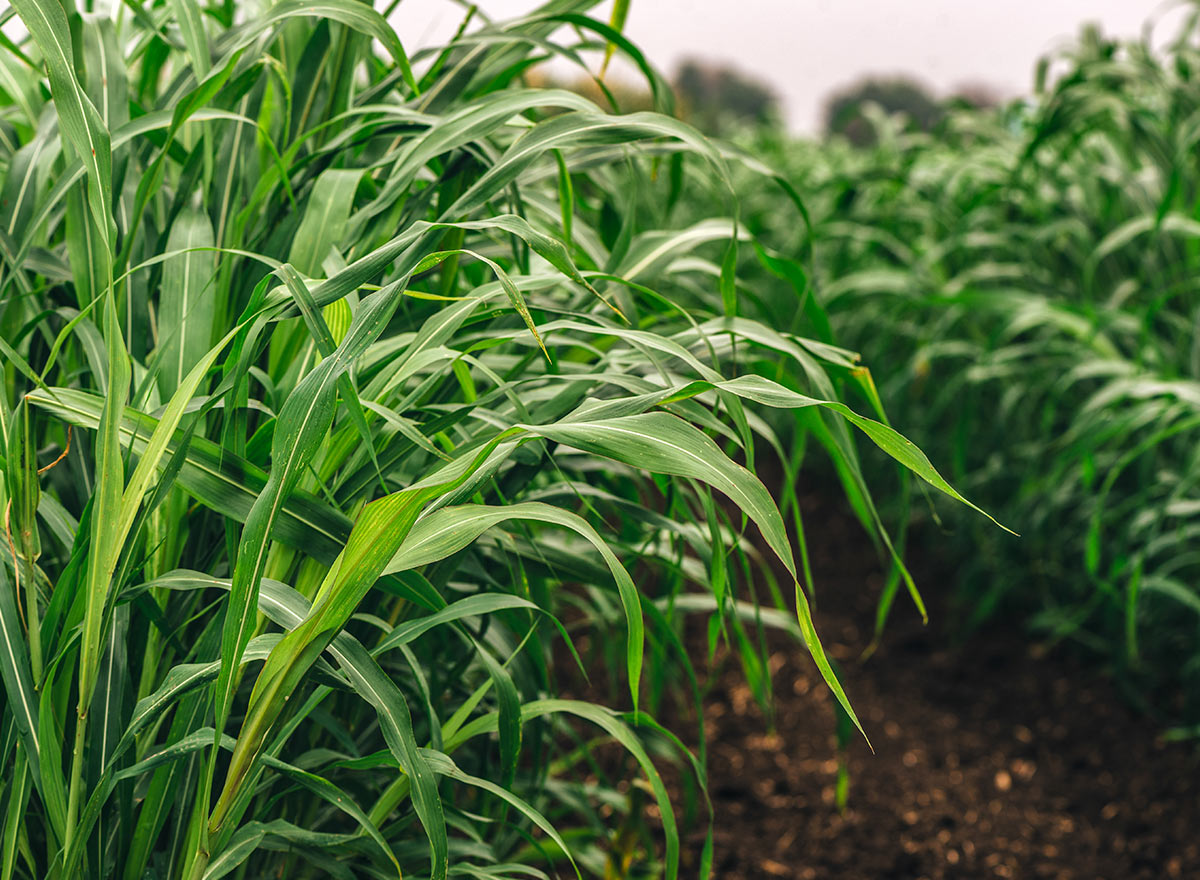
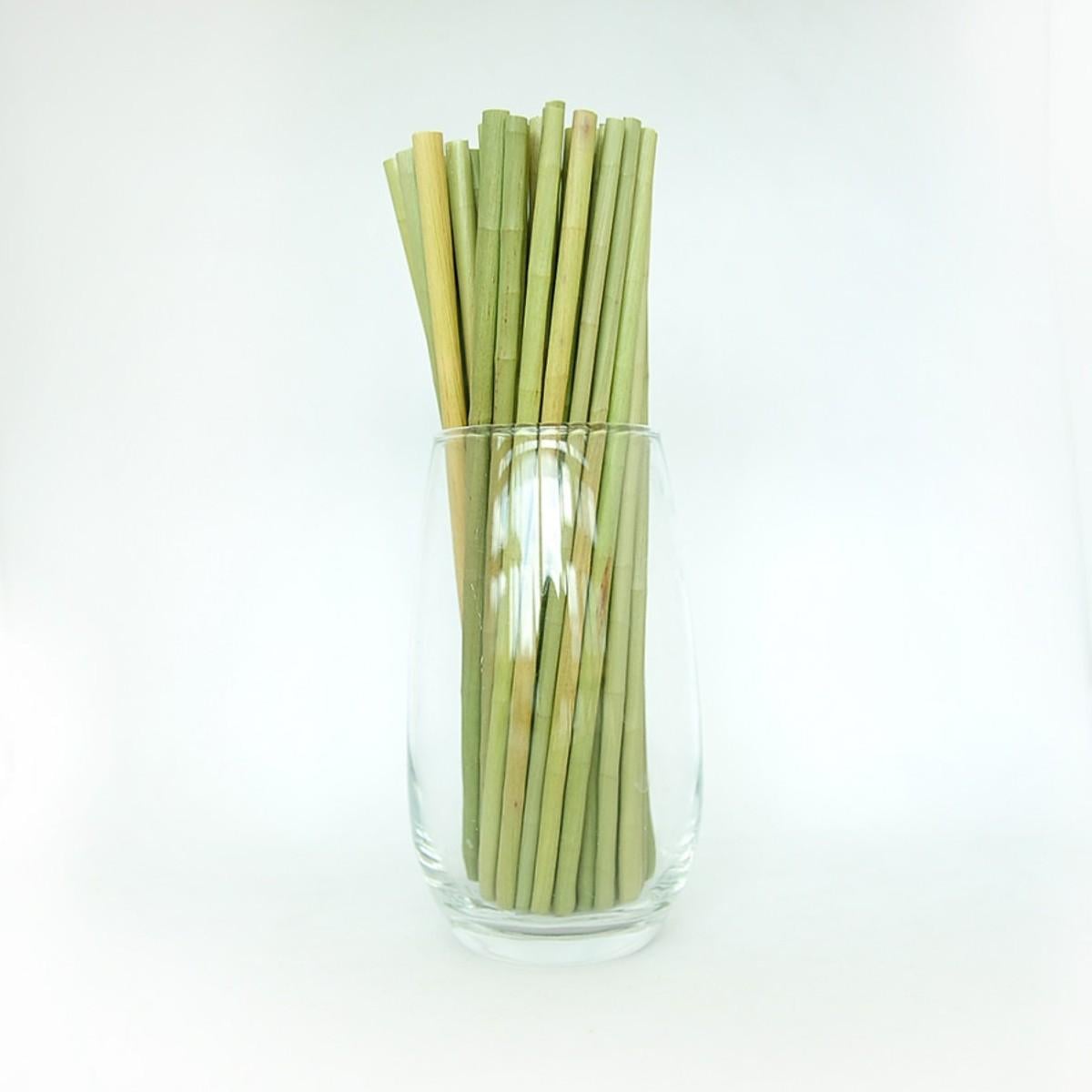
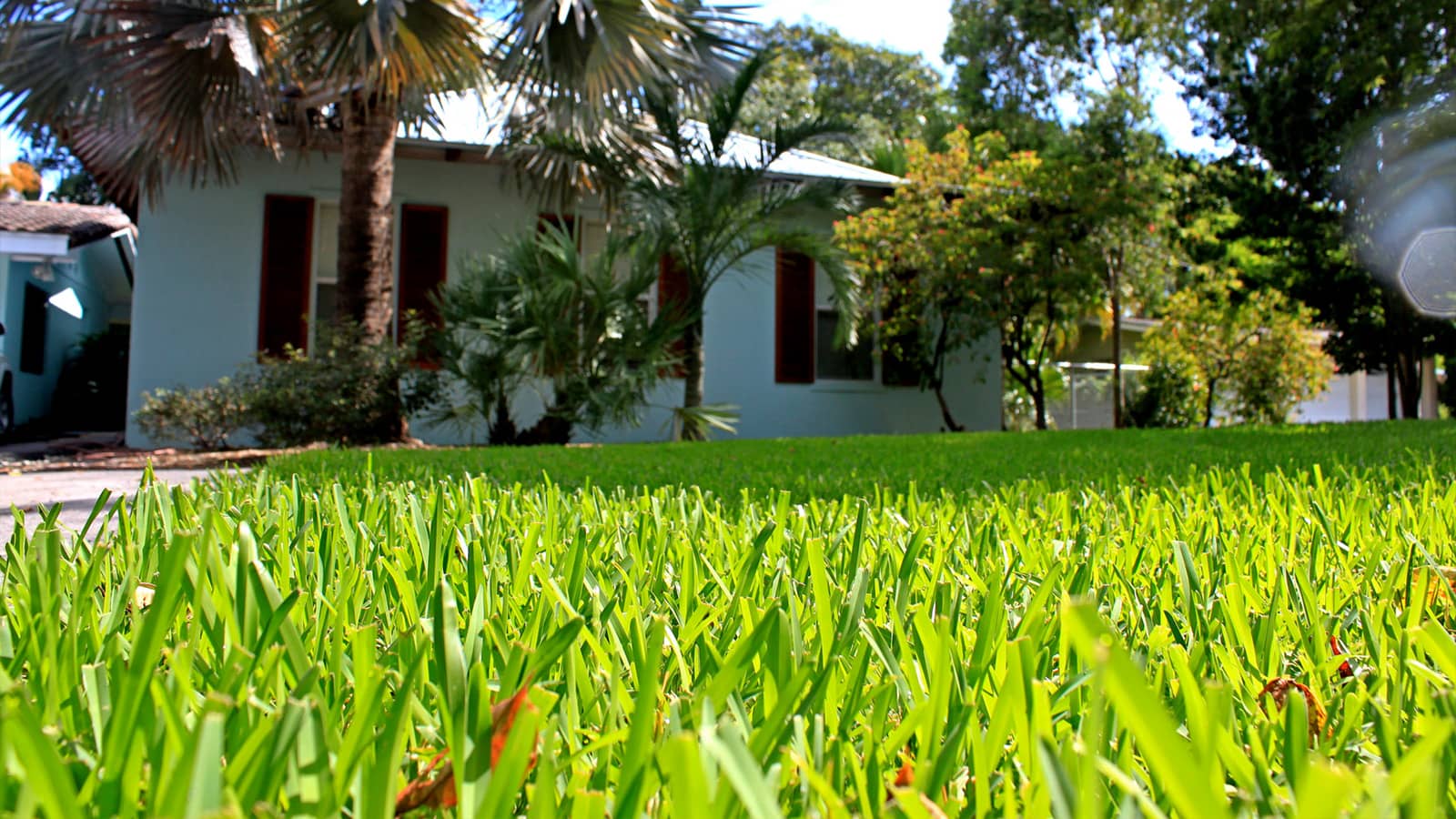
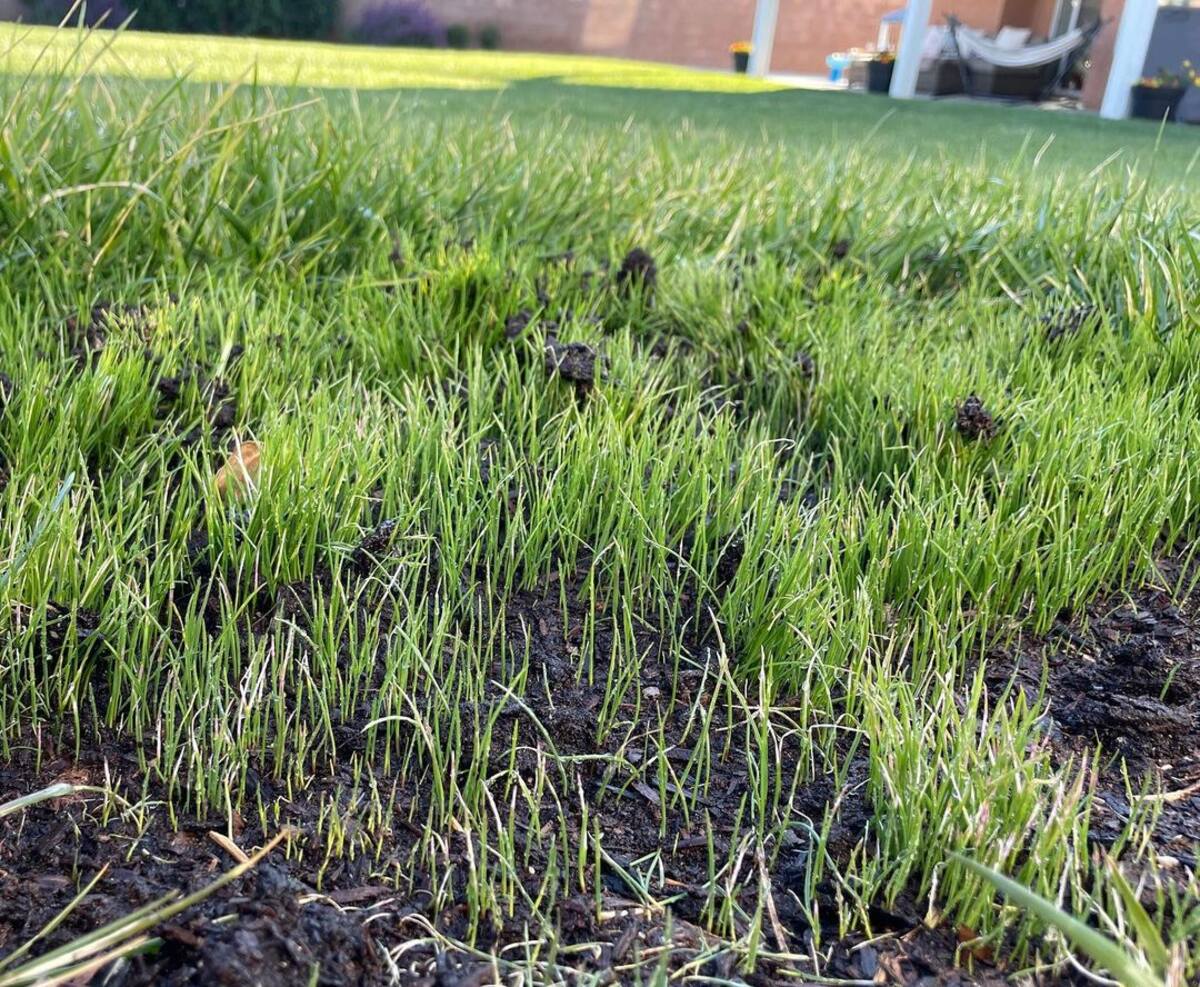
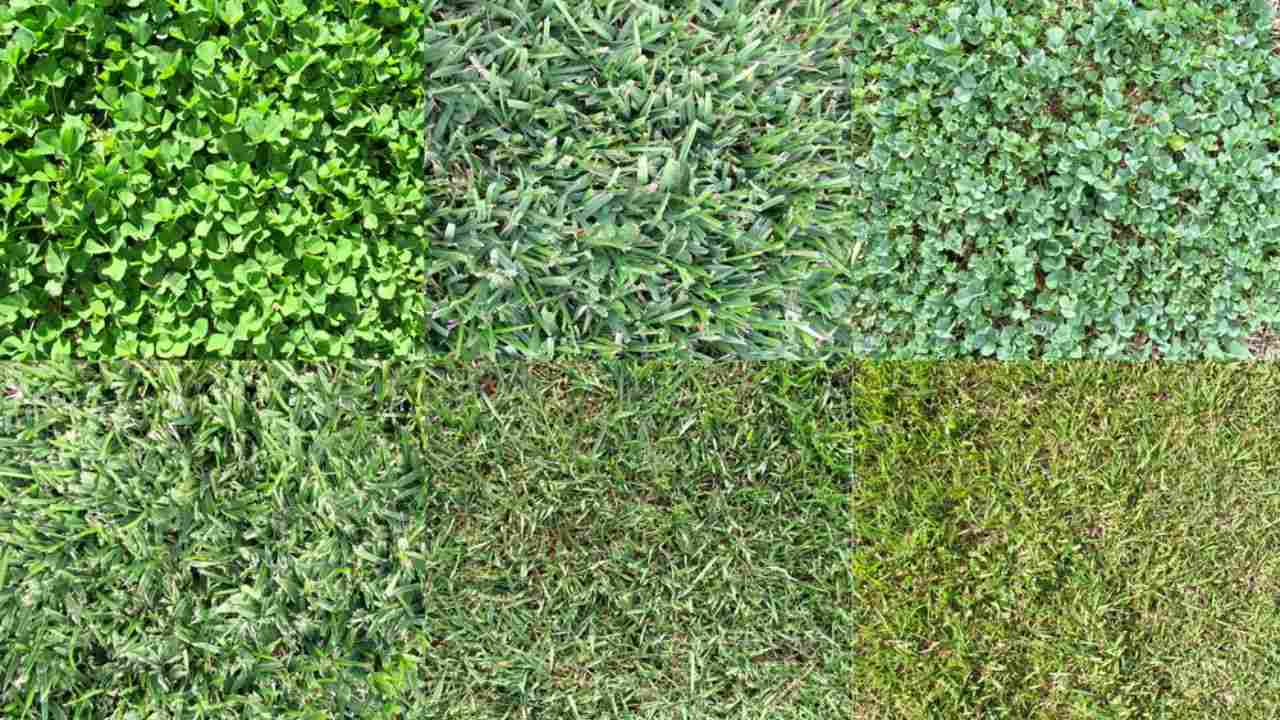
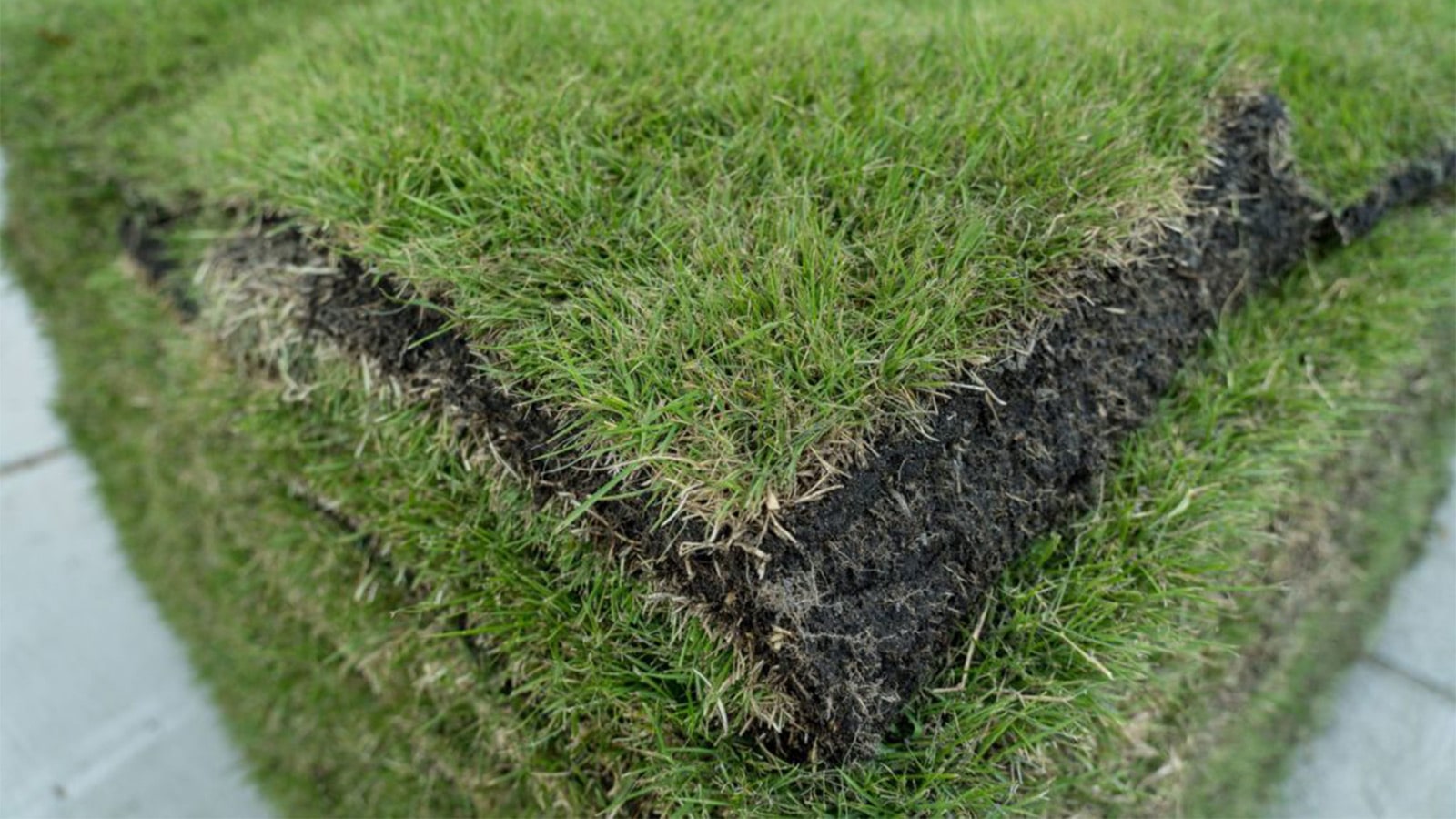
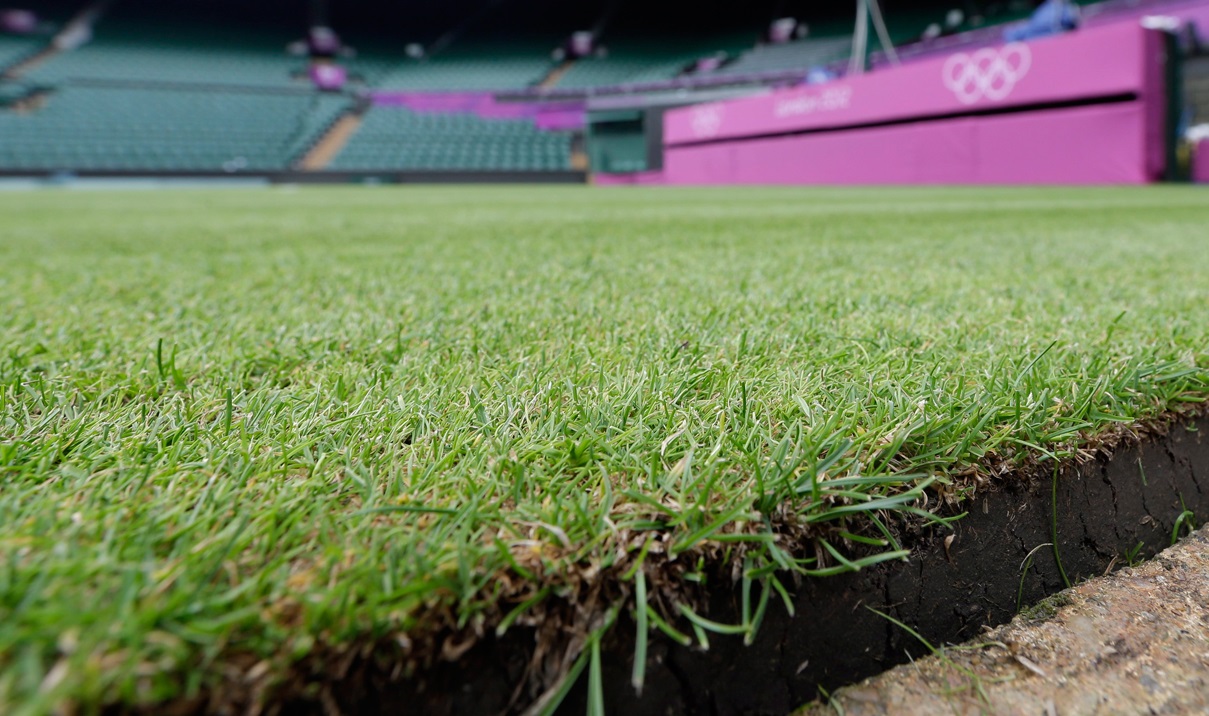
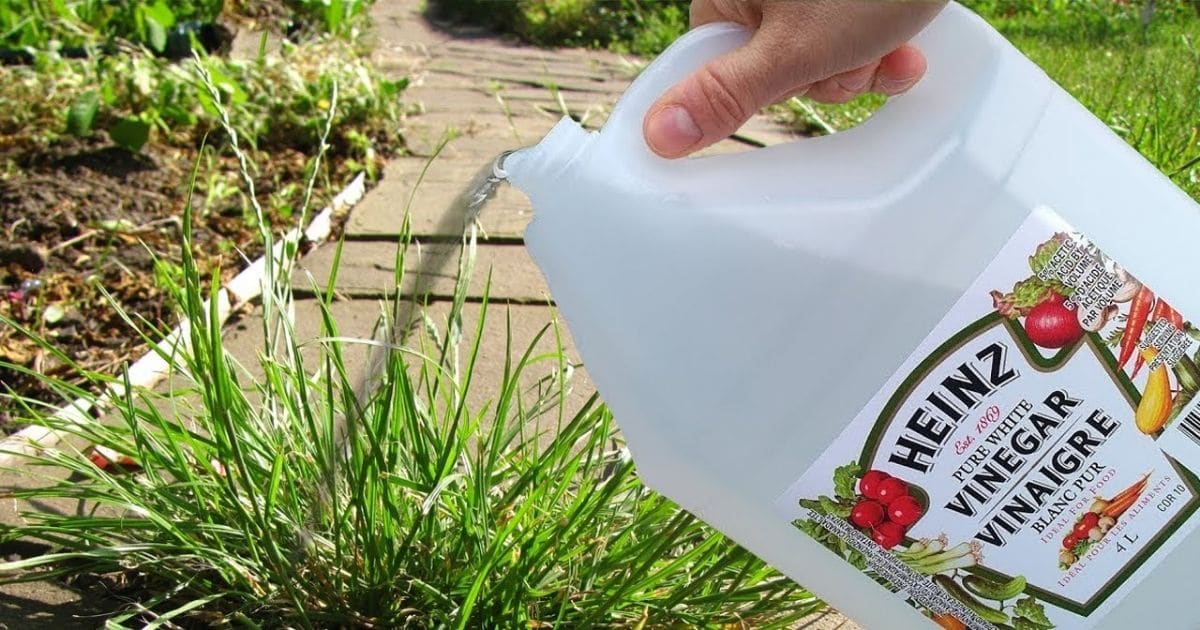
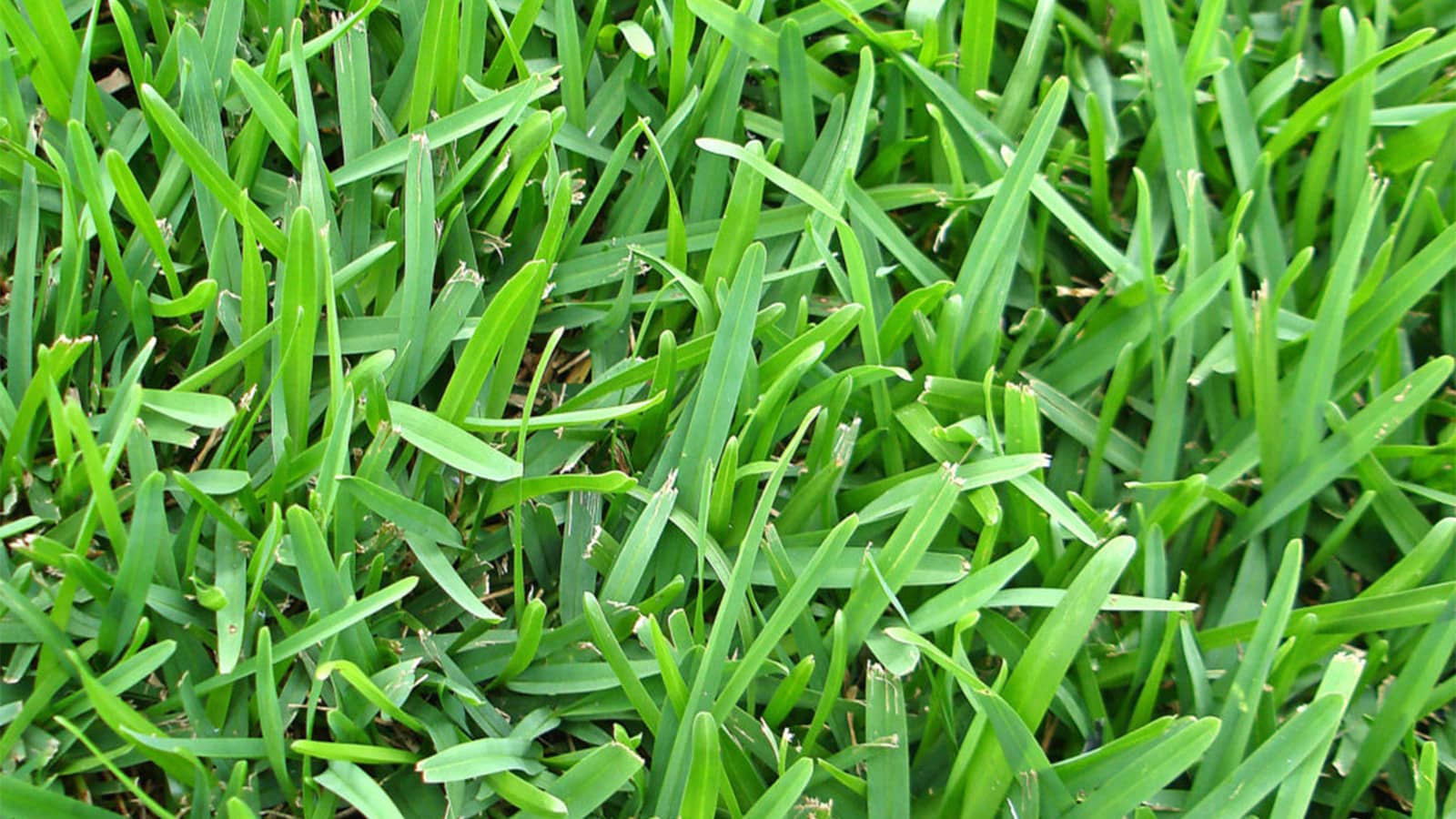


0 thoughts on “What Kind Of Grass Makes Hay”